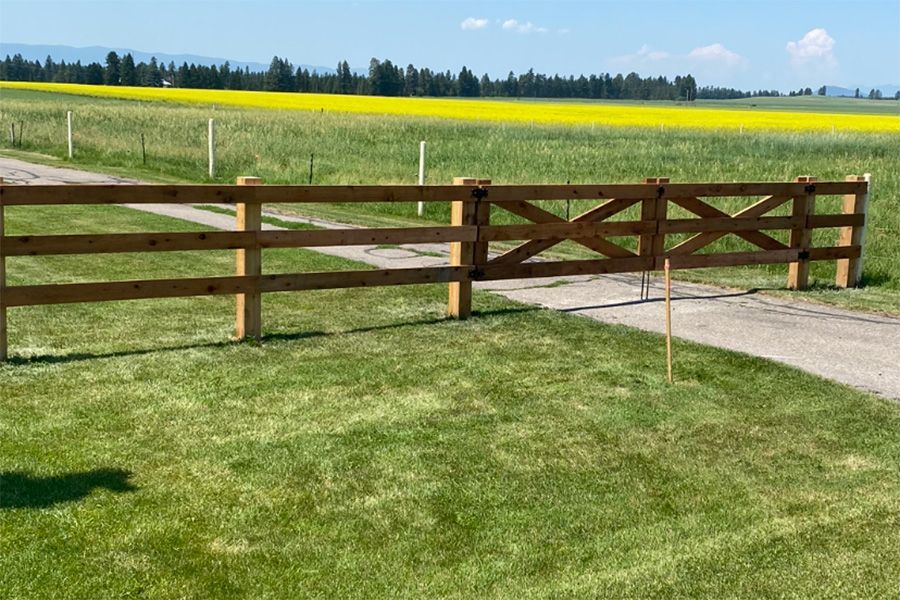Putting up a continuous panel fence may seem simple, but avoiding these frequent mistakes is crucial for success.
1. Inadequate Site Preparation
Proper site preparation is essential for a smooth installation. Skipping this step can lead to uneven fencing and long-term issues. Common mistakes include:
- Failing to clear debris and vegetation from the site.
- Not leveling the ground properly before installation.
- Ignoring soil testing to ensure stable post placement.
Tip: Take the time to prepare the site thoroughly to avoid costly adjustments later.
2. Incorrect Measurements
Getting the measurements right is essential for a perfect installation. Missteps here can lead to wasted materials and an uneven fence. Key issues are:
- Not measuring the entire perimeter of the fence line.
- Failing to account for gates and access points.
- Misjudging panel spacing or post placement.
Tip: Ensure accuracy by double-checking measurements and preparing a clear plan before beginning installation.
3. Skimping on Quality Materials
It’s tempting to save money by opting for cheaper materials, but this can backfire with higher long-term costs for repairs and replacements. Here’s what to avoid:
- Using untreated or low-grade metal panels prone to rust.
- Choosing subpar hardware that weakens over time.
- Opting for cheaper finishes that don’t withstand harsh weather.
Tip: Quality materials may cost more upfront but will save you in repairs and replacements down the road.

4. Not Checking Local Fencing Codes
Local regulations are crucial when installing a fence. Failing to comply can lead to penalties or the removal of your fence. Some common mistakes are:
- Failing to check zoning laws and property boundaries.
- Skipping permit applications where required.
- Violating height restrictions or setback requirements.
Tip: Consult local authorities or hire a professional familiar with the regulations in your area.
5. Best Practices for Installing Continuous Panel Fencing
Here are a few tips to help you avoid common installation mistakes and ensure a successful project:
- Plan Ahead: Make a clear plan, including all measurements and materials, before starting.
- Use the Right Tools: Ensure you have all the necessary tools, such as post-hole diggers, levels, and power drills.
- Work with Professionals: Don’t hesitate to seek expert help if you’re uncertain at any stage of the installation.
- Inspect as You Go: Regularly check your progress to catch errors early and make adjustments as needed.
In Conclusion
Installing continuous panel fencing doesn’t have to be a headache. By avoiding these common mistakes and following best practices, you can ensure a fence that is durable, functional, and aesthetically pleasing. Need expert help with your project? Contact Montana Fence for professional advice and installation services.